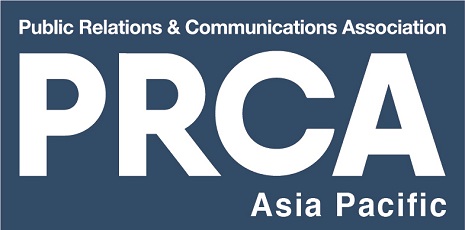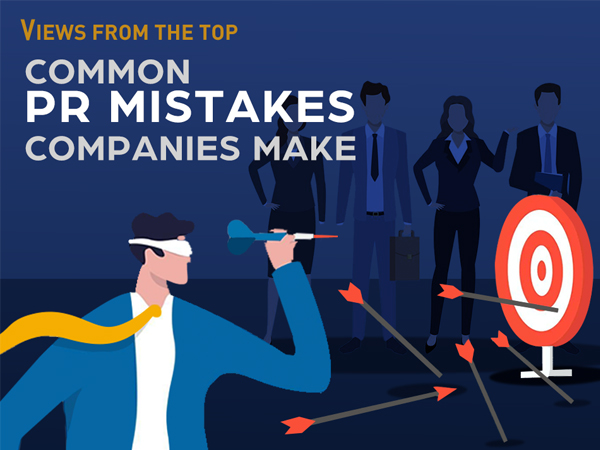When done strategically, PR can serve as a competitive advantage that can help bolster engagement and convert leads to customers without breaking the bank. Unfortunately, a number of organisations continue to commit mistakes that derail their brand-building efforts.
We ask our PRecious experts to share a common PR mistake companies make, and to offer advice on what to do instead.
Sustained Media Engagement

There is a frequent misconception that companies should engage the media only when there is an announcement. But the truth of the matter is, establishing a strong media presence entails a sustained effort that goes beyond the sporadic dissemination of announcements.
Companies should focus on creating an ongoing media engagement cycle: In between formal announcements, companies should still have a steady pipeline of interviews, commentaries, or opinion articles to drive sustained brand recall and visibility. It is critical that brands develop good relationships with key media.
Lars Voedisch, Founder & Managing Director, PRecious Communications
Focusing on the Urgent vs Important

It is human nature to focus on the most urgent and immediate thing, and this is also relevant to the communications field. Sometimes our clients, and us too, tend to focus too much on the next upcoming product launch, or that urgent request from a journalist for the comment, or to hit an arbitrary KPI that was set just to measure return on investment. However, this reactive nature takes away from a more strategic and important view of communications, where we can use the media and other channels as a way to tell a company’s story, or to position the company as a thought leader in its respective category. This takes time to develop, and sometimes there are no results to show for a period of time.
As we roll up towards the end of the year, where “urgent” announcements tend to slow down, it might be useful to take stock of what is really important to your brand – and take the opportunity to plan with your agency what you really want your brand to be known for.
Clarence Lim, Practice Head, INC
An Editor’s Prerogative

When all is said and done, it’s still the editor’s prerogative to decide if a particular feature will be seeing the light of day or not. PR folks can pitch all they want, but we cannot force the media to post every single story we give them. We can only monitor, or do follow-ups. Sometimes, we ask the editors if they need additional information or materials. I heard of an incident where a junior at a PR agency literally demanded that a journalist publish a particular story. The editor was so angry and upset, and measures had to be taken to mitigate the situation.
Busakorn Srisongkhroh, Thailand Market Lead
English-language Media vs Bahasa

One mistake brands commit while doing cross-market expansion in Indonesia, is focusing too much on local English-language media. It’s intuitive to prefer this type of publications, which can be read by an international audience, and also help drive brand visibility among the B2B target.
However, brands should consider what their fundamental objective is. Do they want to get higher visibility among locals? Or are they looking at strengthening their brand image as an international brand overall?
If building awareness and trust among local audiences is the main aim, then focusing too much on local English-language media might not be the most strategic choice. Brands can accomplish more by targeting Bahasa media outlets.
Joyce Rodwina, Indonesia Market Lead
Build Rapport

Media relationships aren’t built overnight. You can’t expect to have good relationships with the media without putting in the effort and time required to build rapport. But to build rapport, you need to try to understand the needs of the journalists first. Reach out to journalists to introduce your company and yourself, and provide them with regular updates and insights from your organisation’s thought leaders.
Twitter, LinkedIn, Google, Instagram and even TikTok are tools you can use on a daily basis to find out more about the publication, and even a specific writer you’re targeting. These tools provide plenty of information in seconds. Proper research is necessary if you want quality media coverage. You need to spend time getting to know the media you’re pitching to and to better strategise how to approach them.
So – remember to build that rapport!
Kiranjeet Sidhu, Client Services Director, Malaysia

